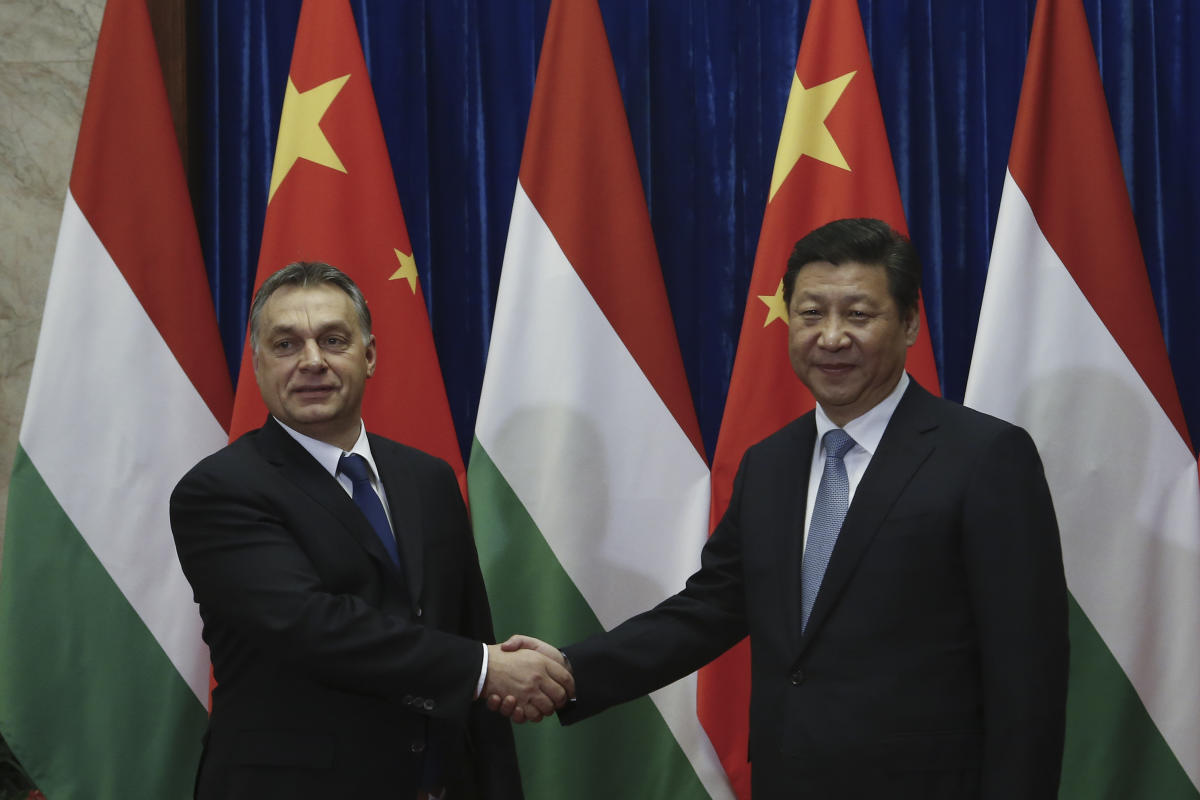BEIJING (AP) — Hungary’s Prime Minister Viktor Orbán is making a surprise visit to China on Monday after similar trips to Russia and Ukraine to discuss prospects for a peaceful settlement in Ukraine.
“Peace mission 3.0” is how Orbán captioned a picture posted early Monday on the X social media platform depicting him after having stepped off his plane in Beijing. He was being greeted by Chinese Vice Minister of Foreign Affairs Hua Chunying and other officials.
Orbán later met with Chinese President Xi Jinping, according to state broadcaster CCTV.
His previously unannounced visit comes on the heels of similar trips last week to Moscow and Kyiv, where he proposed that Ukraine consider agreeing to an immediate cease-fire with Russia.
His visit to Moscow drew condemnation from Kyiv and European leaders.
“The number of countries that can talk to both warring sides is diminishing,” Orbán said. “Hungary is slowly becoming the only country in Europe that can speak to everyone.”
Hungary assumed the rotating presidency of the EU at the start of July and Russian President Vladimir Putin suggested Orbán had come to Moscow as a top representative of the European Council. Several top European officials dismissed that suggestion and said Orbán had no mandate for anything beyond a discussion about bilateral relations.
The Hungarian prime minister, widely seen as having the warmest relations with Putin among EU leaders, has routinely blocked, delayed or watered down EU efforts to assist Kyiv and impose sanctions on Moscow for its actions in Ukraine. He has long argued for a cessation of hostilities in Ukraine but without outlining what that might mean for the country’s territorial integrity or future security.
That posture has frustrated Hungary’s EU and NATO allies, who have denounced Russia’s actions as a breach of international law and a threat to the security of countries in Eastern Europe.


